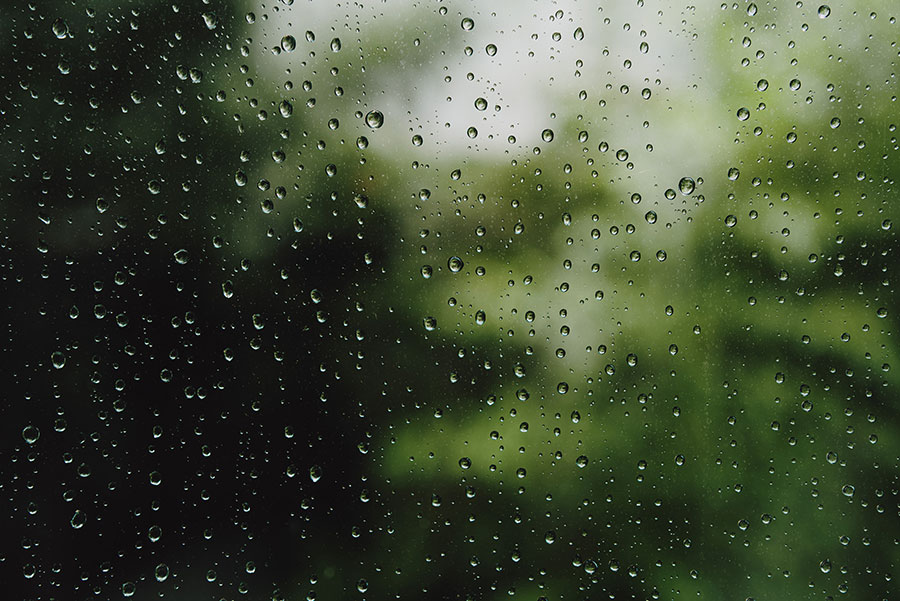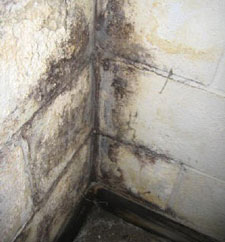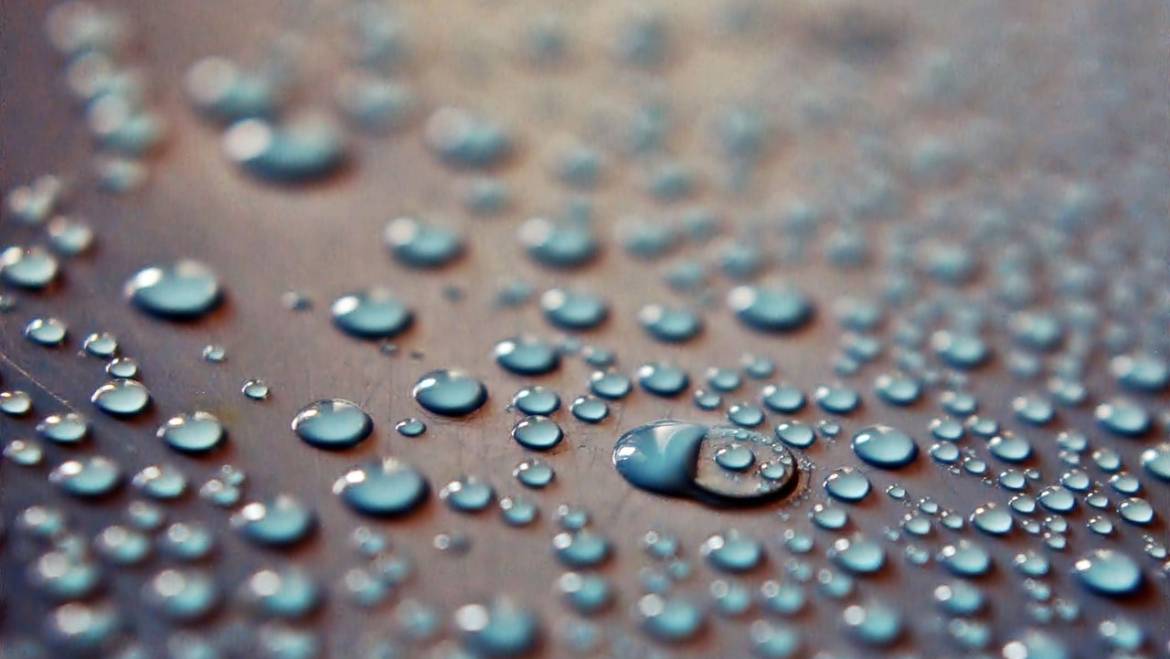Moisture Intrusion Inspections
Perfect Home Inspections Guam will identify water intrusions and moisture due to wind, rain, pipe leak, roof leaks, foundation cracks and / or excess humidity. Any structure will suffer from water damage and rotted wood. Even undiscovered leaks can cause damage to support wood that can cost thousands of dollars to repair.


A moisture inspection can identify potential problems before they become costly fixes. A fresh coat of paint may hide the problem on the surface, but won’t remove the underlying problems of mold, water damage, and rotted wood. Keep in mind that water damaged building materials can be unhealthy-providing a breeding place for mold and mildew. A moisture inspection can show you where the damage is, and Perfect Home Inspections Guam will provide you with a written report with photos that will help you understand what needs repair.
Perfect Home Inspections Guam uses two methods to conduct a moisture inspection: infrared thermography (see below) and the probe method (see below). With either method, a Certified Professional Inspector will first physically examine your structure for visible signs of damage or moisture that may have resulted in water intrusion problems. We will then be able to identify the need to open the area or further recommend examination of these areas due to excessive moisture readings, so a plan of action can be taken.
Infrared Thermography: Thermography is a non-invasive technology that uses infrared cameras to “see” into the walls of your home or office for damage-free moisture detection. Our Certified Professional Inspector will photograph your home or office using an infrared camera, which picks up what we recognize as heat. Moisture in building materials retains heat at a different rate than dry materials, so water-related wall, roof, floor, ceiling, or carpet damage will emit a different amount of infrared light than dry materials will, making it detectable. A thermographic scan will quickly discover temperature variations from retained moisture in building materials such as concrete block, drywall, wood, stucco and sheetrock.
Probe Method: Another test for moisture involves using a penetrating probe meter to test for moisture within the walls, floors or ceilings. To do this, small holes-about 3/16 of an inch-must be drilled into the building material. The holes are small and undetectable.

